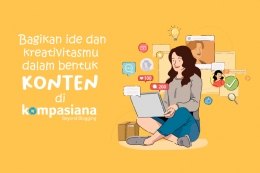For instance, tasks such as debating, analyzing articles, and solving linguistic problems require learners to employ CT skills. Moreover, integrating authentic materials---such as news articles, podcasts, and real-world scenarios---can help students develop the ability to think critically in their foreign language.
The Rationale for Teaching Critical Thinking
The rationale for explicitly teaching CT in education is well-documented. Schafersman (1991) argues that improving students' thinking skills prepares them for real-world problem-solving.
However, many students fail to develop CT skills because traditional education often prioritizes "what to think" over "how to think". Some of the barriers to teaching CT include teachers' lack of training in CT instruction, students' reluctance to engage in deep thinking, time constraints in curricula, and educational systems emphasizing memorization over reasoning.
Despite these challenges, integrating CT-enhancing programs into curricula has been shown to improve students' analytical abilities, creativity, and problem-solving skills.
Critical Thinking and Teacher Education
Teachers play a crucial role in fostering CT in their students. However, for them to do so effectively, they must first develop their own CT skills. Research suggests that many teacher education programs do not explicitly teach CT, instead assuming that teachers will acquire these skills naturally.
Key questions in teacher education include whether CT can be effectively taught within existing teacher training programs, whether it should be a mandatory component of professional development, and what instructional strategies are most effective for developing CT in teachers.
Teacher training should focus on equipping educators with the skills to model and scaffold CT in their classrooms. This includes incorporating strategies such as problem-based learning, Socratic questioning, and reflective teaching practices.
Conclusion
Critical Thinking is an essential component of higher-order thinking Skills, enabling learners to analyze, evaluate, and synthesize information effectively. Its integration into general and foreign language education enhances students' cognitive abilities and prepares them for real-world problem-solving.







